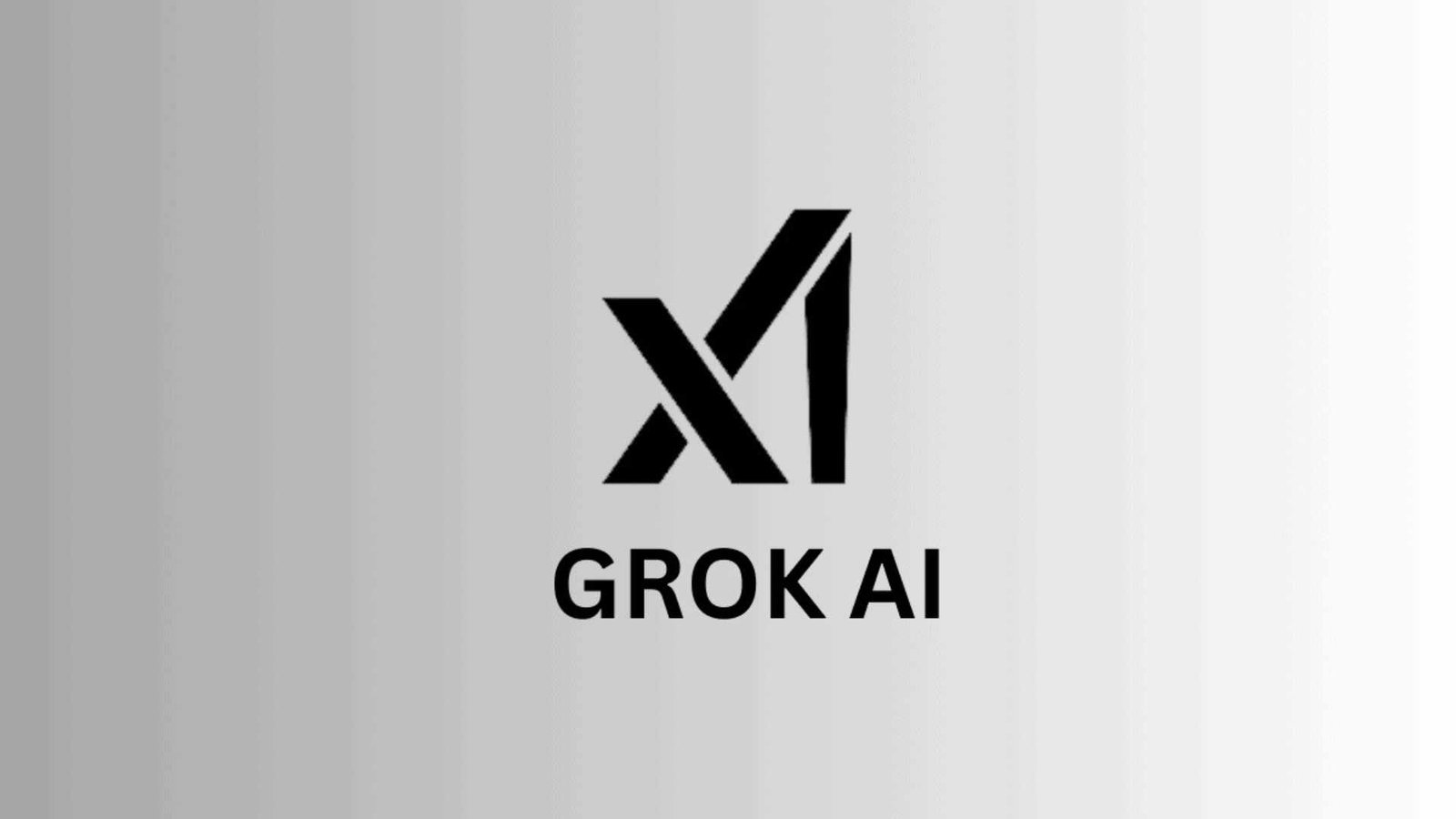Elon Musk’s artificial intelligence venture, xAI, announced a significant expansion for its AI chatbot, Grok, by integrating it with the messaging platform Telegram. This move marks Grok’s first major step beyond its native platform, X (formerly Twitter), and its standalone app, aiming to leverage Telegram’s vast user base of over 1 billion monthly active users. However, access is restricted to Telegram Premium subscribers, adding a layer of exclusivity to this collaboration.
Background on Grok AI
Grok AI, developed by xAI, was launched in November 2023 as a beta product, having undergone just two months of training. Founded by Elon Musk, xAI positions Grok as a chatbot inspired by the Hitchhiker’s Guide to the Galaxy, designed to answer almost any question with a touch of wit and a rebellious streak. Unlike other AI chatbots, Grok is advertised for its willingness to tackle “spicy” questions that many systems reject, facilitated by its real-time access to information from X. This feature sets it apart from competitors like OpenAI’s ChatGPT and Google’s Gemini, offering unfiltered, up-to-date responses.
The chatbot’s capabilities have evolved, with the release of Grok-3 in February 2025 marking a significant upgrade. According to xAI, Grok-3 demonstrates enhanced performance across various benchmarks, including math, science, and coding tasks, positioning it as a competitive alternative to leading models from OpenAI and Google. Initial versions, like Grok-1, achieved notable scores, such as 62.9% on the GSM8k math benchmark, surpassing GPT-3.5 but lagging behind GPT-4, as reported by Grok AI Features and Capabilities. This evolution underscores xAI’s ambition to refine Grok into a top-tier AI assistant.
Grok’s availability has primarily been through X, initially for Premium subscribers, and later through a standalone iOS app launched in January 2025, expanding to users in the U.S., Australia, and India, as noted by Grok AI Expands Reach.
Details of the Telegram Integration
The integration with Telegram was confirmed via an X post by Elon Musk on March 26, 2025, stating, “Grok now available directly on Telegram” (Elon Musk X Post). Further details from the official Grok account clarified that Telegram Premium subscribers can access Grok by searching for the @GrokAI bot within the app and starting a chat. This service is free for Premium users, but advanced features such as “Think” and “DeepSearch” remain exclusive to the Grok app or X platform, as outlined by Grok AI on Telegram.
Telegram Premium, priced at $4.99 per month or Rs 179 in India for a month, offers additional features to subscribers, and integrating Grok enhances its value proposition. Users can interact with Grok for tasks like answering questions, assisting with writing, or solving coding problems, but must ensure they use the official @GrokAI bot to avoid imposters, as cautioned by xAI. This integration aligns with Telegram’s recent milestone of surpassing 1 billion users, as confirmed by CEO Pavel Durov in an interview, potentially boosting its appeal in the AI race, as reported by Elon Musk Launches Grok on Telegram.
However, the restriction to Premium users means that not all of Telegram’s 1 billion users can access Grok, potentially limiting its immediate reach. This tiered approach is consistent with xAI’s strategy, as Grok was previously available to X Premium subscribers before some restrictions were lifted, suggesting a possible future expansion to free Telegram users, as speculated by Grok on Telegram for Premium.
Strategic Implications and Analysis
This collaboration offers strategic benefits for both xAI and Telegram. For xAI, expanding Grok to Telegram is a move to increase its user base, crucial for gathering more interaction data to refine the AI model. The more users engage with Grok, the more data xAI can collect for training, potentially improving accuracy and functionality over time. This is particularly important as Grok is still in its early stages, with rapid improvements expected, as noted in its initial beta launch description by Announcing Grok.
For Telegram, integrating Grok AI adds a competitive feature, especially as rivals like WhatsApp have introduced Meta AI. This move enhances the value of Telegram Premium, potentially attracting more users to upgrade, and aligns the platform with Elon Musk, a high-profile figure whose involvement could boost brand image. Given Telegram’s recent legal challenges, accused of facilitating criminal activities, this partnership could also enhance its standing, as reported by Elon Musk’s Grok AI on Telegram. Musk’s advocacy for privacy and security could resonate with Telegram’s user base, appealing to those concerned about data privacy in AI interactions.
However, there are challenges. For xAI, maintaining Grok’s quality as it scales is critical, especially given its real-time info from X, which may include inaccuracies. Content moderation is another concern, given Grok’s willingness to answer provocative questions, potentially leading to issues on a platform like Telegram with diverse users. For Telegram, reliance on xAI for Grok’s maintenance and updates introduces a dependency risk, and the premium-only access might limit user growth compared to competitors offering AI features for free, as seen with WhatsApp’s Meta AI, according to Grok AI Integrates with Telegram.
The competitive landscape is intense, with Grok facing established players like ChatGPT, Gemini, and Claude. Grok’s differentiation lies in its real-time X access and irreverent personality, potentially appealing to users seeking a unique AI experience. Its association with Musk could attract fans of his ventures, but capturing significant market share will depend on how it balances accessibility and advanced features, as analyzed by What Is Grok AI?.
Looking forward, this integration could pave the way for further expansions, possibly to other social media or enterprise solutions, enhancing the interconnectedness of Musk’s ecosystem. It also highlights the ongoing AI race, with platforms increasingly integrating chatbots to stay competitive, shaping the future of AI-powered communication.






